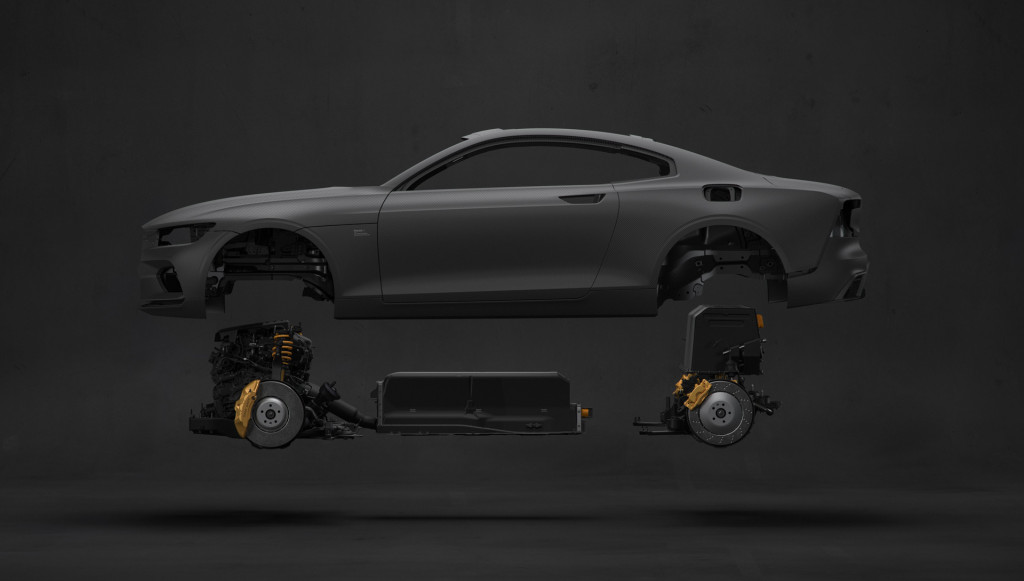Volvo in-house tuner Polestar has been morphed into a standalone brand for high-performance electrified cars and on Tuesday we saw its first model, aptly named the Polestar 1, unveiled to the world in Shanghai.
The Chinese metropolis is a fitting location for the debut of Polestar’s first car as China is very much the brand’s home, despite the Swedish roots.
Polestar, which together with Volvo is owned by China’s Zhejiang Geely Holding Group, is constructing a state-of-the-art development and production facility in Chengdu, China (it’s where Volvo already has a plant). As per the rules for producing cars in China, the plant will be run by a joint venture between Polestar and two Chinese companies within Zhejiang Geely.

Artist’s impression of the Polestar plant under construction in Chengdu, China
The plant, which will be operational in 2019 and run on 100 percent renewables, makes sense having its location in China. The country is set to quickly become the world’s largest market for hybrids and electric cars because of government mandates aimed at curbing pollution levels.
For example, China plans to set goals for electric and plug-in hybrid cars to make up at least a fifth of local sales by 2025, with a staggered system of quotas beginning in 2018. In addition, all major automakers must offer at least one electric car for sale by 2019. The country is also considering a total ban on cars powered solely by gasoline or diesel engines.
To fully capitalize on this, the Polestar 1 will be followed quickly by higher-volume electric cars, turning Polestar into a rival to Tesla.

Polestar 1
The Polestar 1 will arrive in 2019, with numbers to be capped at just 500 units per year due to its finicky carbon fiber-intensive production process. In 2020, Polestar will launch the Polestar 2, a small electric sedan that will challenge the Tesla Model 3. The car will likely be related to Volvo’s next-generation S60, just as the Polestar 1 is related to Volvo’s S90—around 50 percent of the components are common.
Following the Polestar 2 will be—you guessed it—a Polestar 3. This will be an SUV likely related to the Volvo XC60 or XC90. All Polestar will say is that the Polestar 3 will be positioned above the Polestar 2 in terms of volume and pricing. If it’s XC60-based, you’re looking at a potential Tesla Model Y rival. An XC90-based model would target Tesla’s Model X. The Polestar 3 will be introduced within the next four years.
Volvo fans shouldn’t be too bummed by Polestar’s transition to a standalone brand. There will still be Polestar-tuned Volvos like the brilliant S60 and V60 Polestar. Only now the cars will be marketed under the Polestar Engineered label.
